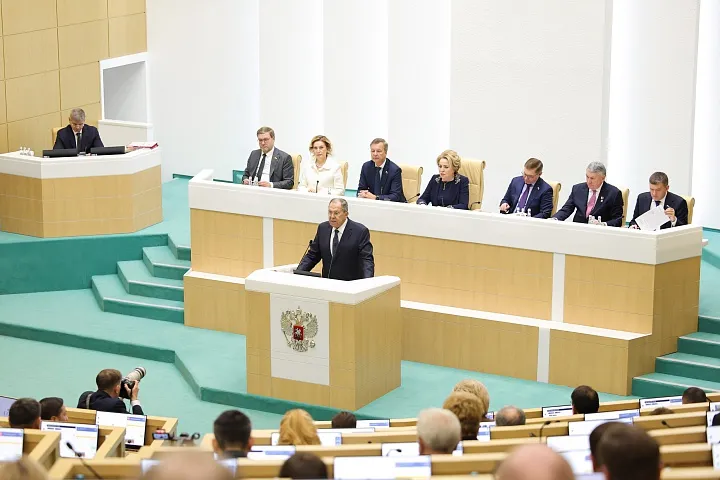The Julius Nyerere Hydroelectric Power Project (JNHPP) one of Tanzania’s mega project, is to be completed by mid-February 2024. Under construction since 2019, with a length of 1,025 meters will produce 5,920 GWh of power annually when completed and expected to complete the full electrification of the country. Furthermore the 94%-completed project is truly an all African project. The major contractors are two Egyptian firms, El-Sewedy Electric, a private Egyptian multinational electro-engineering corporation and the Egyptian government-owned Arab Contractors Company and is being financed by the Tanzanian government. The project has the full backing of Egyptian President Abdel Fattah El-Sisi who has called upon the Egyptian companies to assure the highest quality of work because the project not only represents, “A dream” of the Tanzanian people but also Egypt’s commitment to the development of its African partners.”
At a meeting on Dec. 27 with Egyptian Prime Minister Mostafa Madbouly, Ahmed El-Sewedy, the CEO of El-Sewedy Electric said the dam is currently undergoing testing, in addition he said work is underway to establish an industrial zone over an area of 2.5 million square meters of Dar es Salaam.
For his part Madbouly said that the project reflects Egypt’s keenness to cooperate with the rest of Africa in implementing development projects.
Built across the Rufiji River at the cost of $2.9 billion, the 1,025-meter dam has a storage capacity of about 34 billion cubic meters of water will serve to control flooding, and improve agriculture. It will be the fourth-largest dam in Africa and ninth in the world. It will have an installed electricity capacity of 2,115 MW which will more than double the country’s current capacity of 1,605 MW which will allow for the full electrification of the country. The nine turbines were stalled by China’s Dongfang Electric company
The project is providing work to 8,000 Tanzanians, 1,000 Egyptians, and other foreign workers, according to Egyptian officials. The project was initiated in 2017, and now it is expected to be completed in February 2024.
Very informative videos can be found on the Arab contractor’s website.


